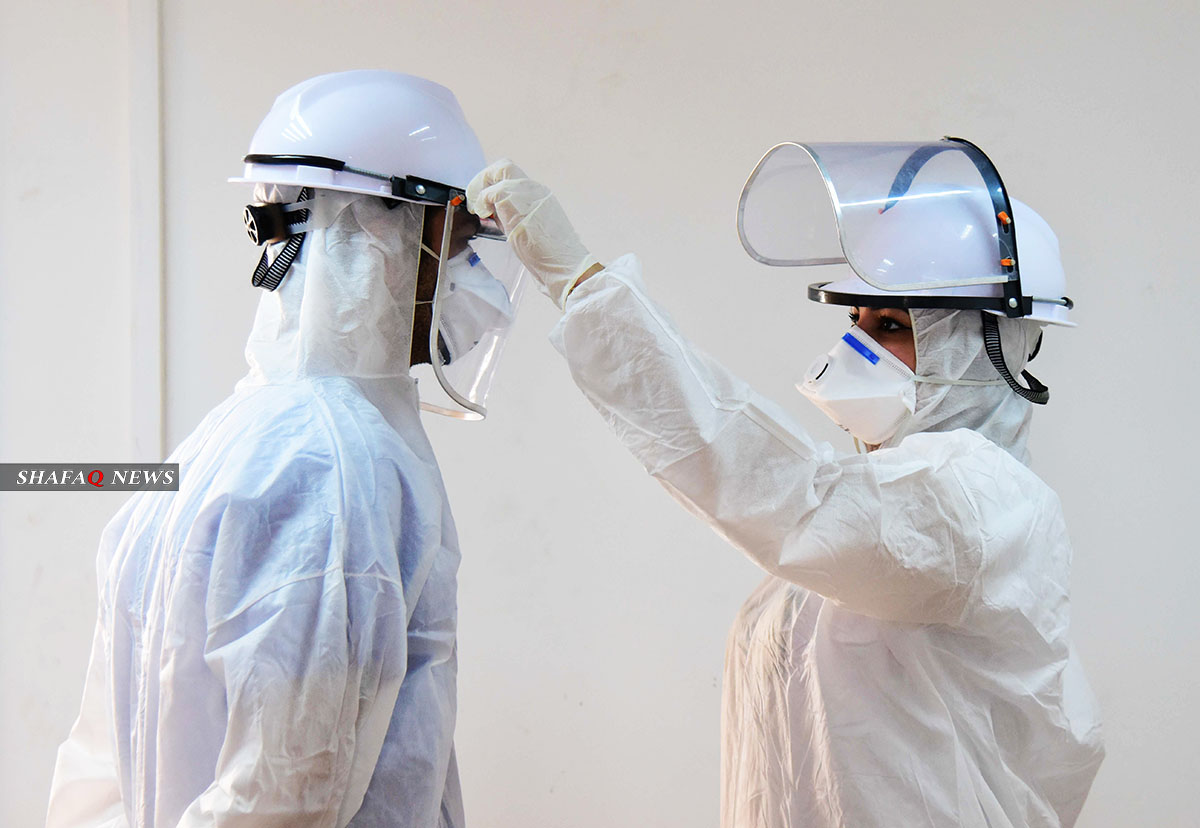MOSUL TIME RADIO
Yesterday , Friday, the Veterinary Hospital Department of the Iraqi Ministry of Agriculture announced the lifting of the maximum level of monitoring and investigation of monkeypox in zoos and places that sell animals, after recording some cases in European, African and some Asian countries, to prevent infections from entering the country while monitoring the epidemiological situation of the countries. Which records cases of this disease .
The department stated in a statement, “ Based on the directives of the Minister of Agriculture, Abbas Jabr Al-Maliki, and the supervision and follow-up of the Technical Undersecretary of the Ministry of Agriculture, Mithaq Abdul Hussein Obaid, the Veterinary Department announced some precautionary measures after European, African and some Asian countries recorded cases of monkeypox .”
According to the statement, the Director General of the Veterinary Department, Thamer Habib Hamza Al-Khafaji, directed veterinary hospitals and clinics in all governorates to “raise the maximum levels of monitoring and investigation of monkeypox in zoos and places where animals are sold .”
This disease infects animals and is transmitted to humans through contact with the infected person or through respiratory droplets, body fluids, or lesions on the skin. The disease affects wild animals, farm animals, and rodents, especially squirrels. Symptoms appear on infected wild animals, such as a skin rash and the appearance of blisters or pimples on the skin. Skin, high temperatures, redness and swelling of the eyes, and loss of appetite .
As for farm animals, the symptoms of the disease are in the form of blisters and pimples on the skin, especially in exposed areas, high temperatures, inflammation and ulcers in the mouth, swollen lymph nodes, and difficulty breathing, especially in severe cases .
Monkeypox was discovered for the first time in 1950 and the first human infection was in 1970. In recent years, a number of countries have begun to record infections and it has begun to spread in a number of European countries, through the transmission of the disease from animals to humans or from one human to another.






